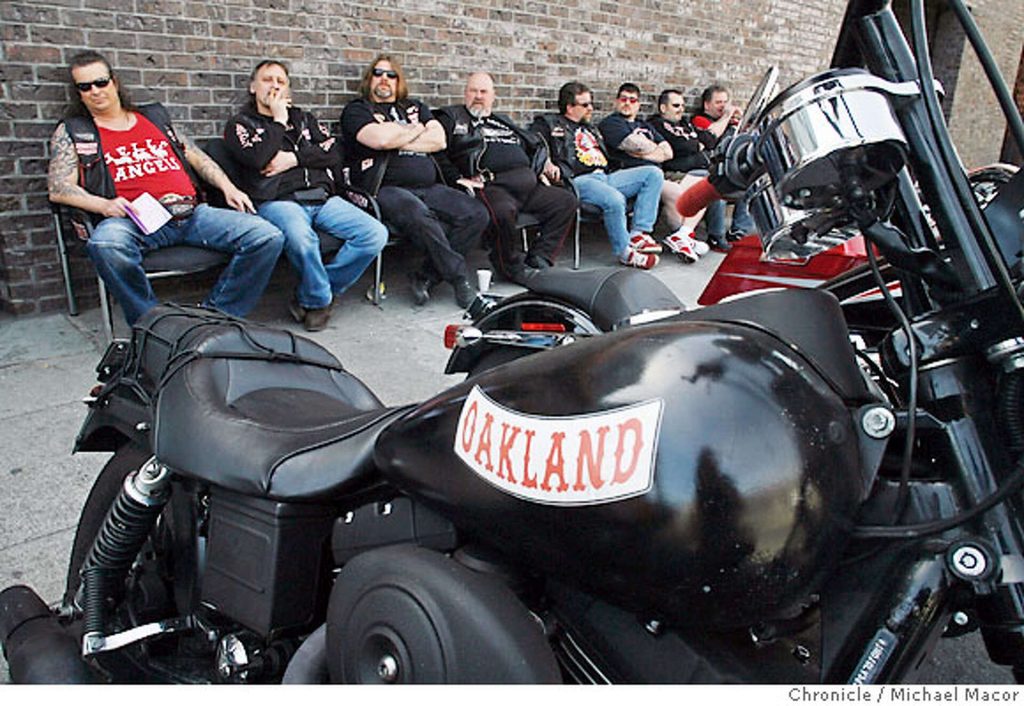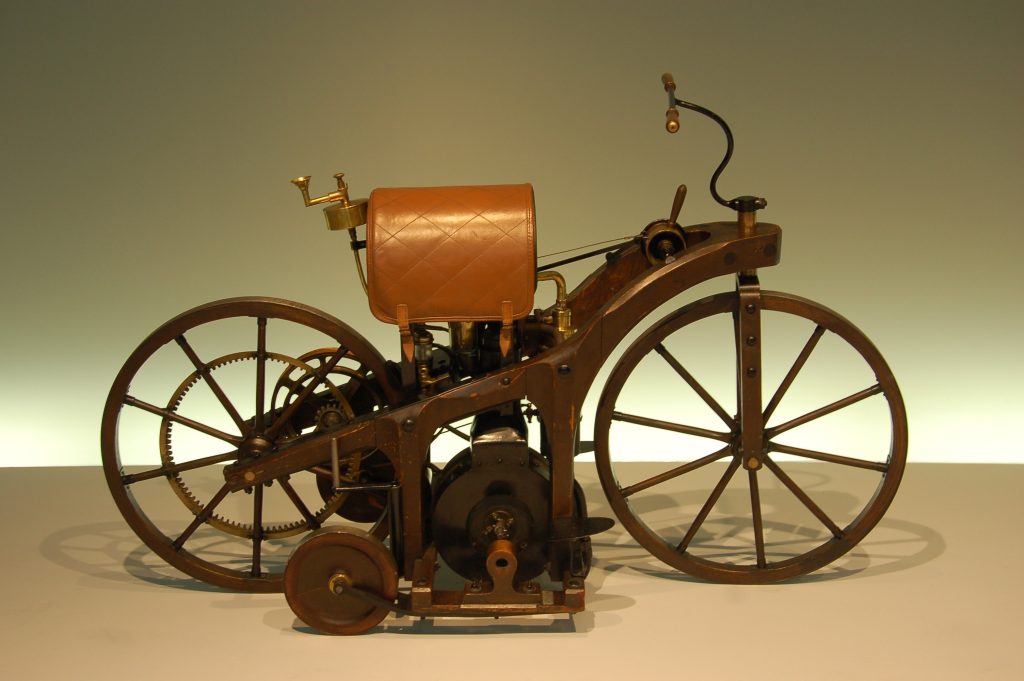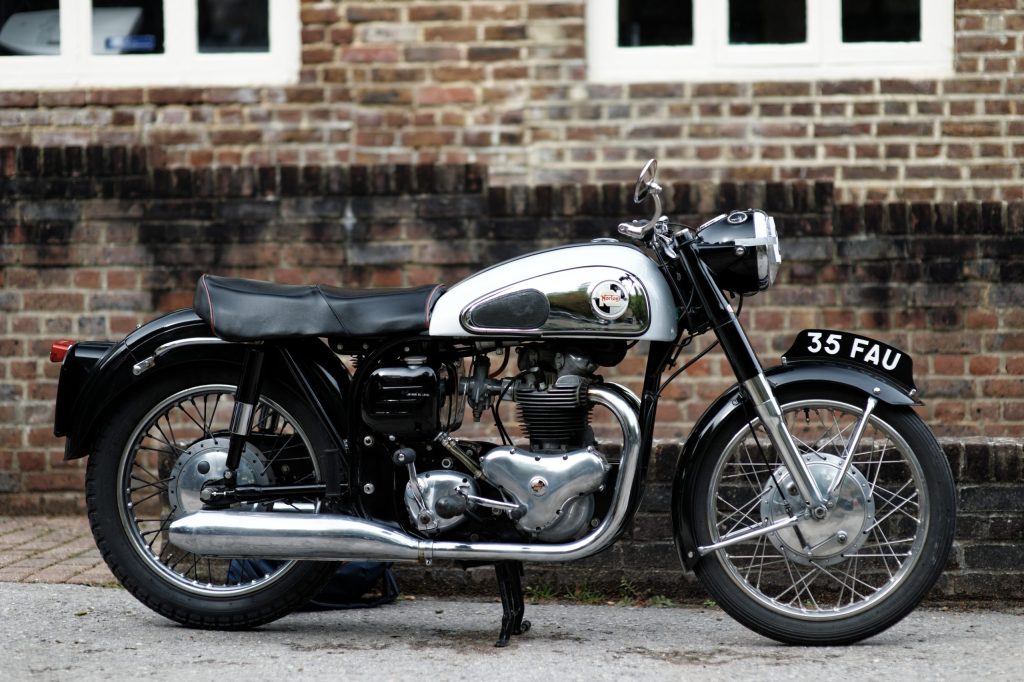The Bosozoku History reveals how Japanese motorcycle gangs emerged from post-war Japan, where young rebels formed gangs to express their freedom through loud, customized motorcycles. These notorious groups would go on to shape an entire subculture that both fascinated and troubled Japanese society for decades.
Origins in post-war Japan
Bosozoku history began in the chaotic aftermath of World War II, when Japan faced unprecedented social and economic upheaval. Young people, searching for identity and freedom in a rapidly changing society, turned to motorcycles as symbols of rebellion. These early riders formed the foundation of what would become Japan’s most infamous motorcycle gangs.
These groups stood out with their loud bikes and unique styles. Customized motorcycles became a symbol of rebellion.
Many riders modified their bikes with illegal mufflers and extravagant paint jobs. They drove recklessly on the roads, weaving through traffic at high speeds. This behavior made them famous as “violent speed tribes.” Their impact on Japanese motorcycle culture was significant, leading to a rise in youth subculture within Japan.
“The roar of the engines echoed across the streets, marking their presence.”
Early gangs and their activities
The first Bōsōzoku gangs formed in Japan after World War II. These groups emerged during a time of chaos and change. Young men sought freedom on the roads with loud, customized bikes.
They drove recklessly and made noise that echoed through cities.
Bōsōzoku members often wore unique fashion to express their identity. Their style included bright colors and bold designs. The early gangs gathered in large numbers for races or to show off their bikes.
Many aimed to claim territory, leading to clashes with rival groups. Their activities made them notorious rebels of the road, leaving a mark on Japanese motorcycle gang history.
The rise of young members
The Bosozoku history took a dramatic turn during the late 20th century as young members began joining these Japanese motorcycle gangs in unprecedented numbers. The economic boom of the 1980s provided teenagers with disposable income, while the rigid pressures of Japanese society drove them to seek outlets for rebellion. These factors created perfect conditions for Bosozoku recruitment to explode.
With loud, customized bikes, they embraced rebellion and freedom on the roads.
These young bikers were drawn to the unique fashion and lifestyle of Bōsōzoku. They loved modifying their motorcycles for speed and noise. This attracted more youths eager for thrills outside normal society rules.
As a result, younger crowds took part in street racing and group rides, making Bōsōzoku a symbol of youthful defiance in Japan’s motorcycle subculture.
Bōsōzoku Culture
Bōsōzoku culture is loud and proud. Members often customize their bikes with bright colors and unique designs, showcasing their style on the streets.
Customized bikes and fashion
The heart of Bosozoku history lies in their dramatically customized motorcycles and bold fashion choices. These Japanese motorcycle gangs transformed ordinary bikes into rolling works of art that announced their presence long before they came into view. Exhaust systems were modified to produce ear-splitting noise levels, while fairings were extended to extreme lengths and adorned with elaborate paint schemes.
They add unique parts and decorations, showing off their style. Their fashion is just as bold. Bikers wear flashy clothes with bright colors and distinctive designs. This style helps them create a strong image on the road.
The culture includes racing in groups and showing off skills. Reckless driving adds to their reputation as rebels of the road. Bōsōzoku also face criticism for dangerous behavior while riding, but they continue to be part of Japan’s motorcycle culture today.
The decline of these gangs changed how people view them in modern society, leading into discussions about violence and territorial disputes within this subculture.
Violence and territorial disputes
Customized bikes and fashion play a big role in Bōsōzoku culture. This focus on appearance often leads to conflicts. Groups fight over territory, showing their dominance in specific areas.
The competitive nature inherent in Bosozoku history meant that gangs constantly sought to prove their dominance. Violent confrontations became ritualized displays of strength, with groups organizing formal challenges and revenge attacks. This culture of violence made Japanese motorcycle gangs increasingly notorious, attracting intense media scrutiny and public condemnation.
The nature of Bōsōzoku means competition is fierce. Gangs want to prove who controls the streets. This violent behavior makes them notorious rebels of the road. The media often reports on these incidents, creating a harsh image of motorcycle gangs in Japan.
Their actions reflect a troubled past, rooted in post-war Japan’s challenges and social unrest.
Decline of Bōsōzoku
The Bosozoku history entered a new chapter in the 2000s as these once-mighty gangs experienced a dramatic decline. Peak membership, which had reached over 40,000 in the 1980s, plummeted to just a few thousand by 2010. This reduction marked a fundamental shift in Japanese motorcycle gang culture, driven by multiple societal and legal factors.
Bōsōzoku made headlines for illegally modding bikes, causing noise disturbances, and reckless driving. As society changed, so did views on these biker gangs.
Their once-popular lifestyle of loud bikes and flashy fashion became less appealing to younger generations. The thrill of rebellion faded as safety concerns grew among families and communities.
Bōsōzoku left a mark on Japanese youth subculture but struggled with new forms of expression. The days of violent speed tribes seem limited as Japan moves forward with different cultural trends.
The Influence of Bōsōzoku in Media
Bōsōzoku has appeared in many movies and TV shows. These portrayals often mix action with drama. They capture the thrill of biker culture but also show its darker side. The media sometimes mocks these groups, painting them as troublemakers.
Their impact on pop culture is clear and lasting. Readers can explore more about Bōsōzoku’s role in Japanese media and society.
Popularity in movies and TV shows
Bosozoku history has been extensively documented and dramatized in Japanese media, creating a complex cultural legacy. Films and television shows have portrayed these motorcycle gangs with a mixture of fascination and condemnation, often focusing on their spectacular visual style and dangerous lifestyle. These productions highlight the loud, customized bikes and unique fashion that made Bosozoku instantly recognizable.
Viewers see their reckless driving and modified exhaust systems. This portrayal captures attention but also invites criticism. Authorities often mock Bōsōzoku in media, viewing them as a threat to safety.
As Bōsōzoku left a mark on Japanese society, they became symbols of youth rebellion. The depiction of these biker gangs reflects both fascination and fear in Japan’s culture. Their influence can be seen throughout various forms of entertainment today, keeping the spirit of Japanese motorcycle culture alive among older audiences who remember their heyday.
Mocking and criticism from authorities
Bōsōzoku gained attention in media, but authorities often mocked and criticized them. Local governments viewed these gangs as troublemakers. The noise from their customized bikes disturbed many neighborhoods.
Police stepped up enforcement to curb reckless driving and violence associated with Bōsōzoku.
Critics argued that the public image of Bōsōzoku was harmful. They pointed out that the gangs caused fear and disruption on the roads. Reports often compared them to Yakuza, another group seen as a danger to society.
This comparison intensified scrutiny from law enforcement and fueled negative perceptions of Japanese biker culture.
Impact of Bōsōzoku on Japanese Society
Bōsōzoku had a big effect on Japanese society. These gangs changed how people saw youth and biking culture. Their actions led to stricter laws about motorcycles. Today, they still influence the views on freedom and rebellion in Japan.
Curious about their full story? Keep reading to learn more!
Legacy and lasting impact
The Bosozoku history has left an indelible mark on Japanese society that extends far beyond motorcycle culture. These gangs fundamentally changed how Japanese youth expressed rebellion and influenced fashion, music, and attitudes toward conformity. Their rise from post-war chaos to become notorious rebels of the road represents a unique chapter in Japan’s modern social development.
These groups shaped how young people view motorcycles today.
Even as their numbers declined in the 2000s, their influence remains. The unique fashion and loud customized bikes still attract attention. Many modern bikers draw inspiration from Bōsōzoku style and traditions.
They paved the way for newer generations who embrace motorcycle subculture in Japan, making it more than just a ride; it’s a lifestyle choice.
Perception of Bōsōzoku in modern Japan
The decline of Bōsōzoku has shifted how people view these gangs in modern Japan. Once seen as bold rebels, they now face criticism. Many associate Bōsōzoku with noise and reckless driving.
This perception affects the younger generation’s view of biker culture. The flashy bikes and unique fashion still attract attention, but fewer young people join these groups today.
Bōsōzoku left a mark on Japanese society that continues to shape motorcycle trends. Their history connects somewhat to the Yakuza, but Bōsōzoku’s identity remains distinct. Nowadays, some see them as part of nostalgic memories rather than active threats on the roads.
While their numbers have decreased since their peak in the 2000s, interest in Japanese youth motorcycle culture persists.
Bōsōzoku today: resurgence or mere nostalgia?
Bōsōzoku gangs have seen a change in recent years. Some people think they are making a comeback, while others see it as just nostalgia. In the past, Bōsōzoku were known for their loud bikes and wild riding styles.
Today, fewer groups exist compared to their peak in the post-war era. The modern Bōsōzoku still embrace their unique fashion and love of customized Japanese road bikes.
Younger riders sometimes mimic the Bōsōzoku style but often do so with less risk and violence than before. Many ride for fun rather than rebellion or crime. This shift shows that although Bōsōzoku culture remains influential, it may not be as dominant as it once was.
Their legacy endures through movies and media that celebrate this infamous motorcycle gang culture in Japan.
Many people are curious about the loud and colorful world of Japanese motorcycle gangs. Bōsōzoku, known for their wild bike modifications and distinct style, stand out even in Japan’s rich subculture tapestry.
This article will explore how these gangs started, evolved, and impacted Japanese society. Get ready to ride into the world of Bōsōzoku.
Key Takeaways
- Bōsōzoku started in post-war Japan as young people used motorcycles to express freedom. They formed gangs that became known for loud bikes and unique styles.
- The culture includes customizing bikes with bright colors and designs, wearing flashy clothes, and sometimes engaging in violence or territory fights.
- Bōsōzoku has influenced Japanese media, appearing in movies and TV shows. Even though their numbers have declined, they are still a part of Japan’s motorcycle culture today.
- Modern views on Bōsōzoku are mixed. Some see them as a nostalgic part of Japan’s past while others view them as troublemakers.
- Despite fewer members today, the legacy of Bōsōzoku lives on in Japanese society through continued interest in motorcycle subculture and fashion inspired by the gangs.
FAQs
1. What is the infamous Japanese motorcycle gang culture, Bōsōzoku?
Bōsōzoku refers to the notorious biker gangs in Japan known for their rebellious lifestyle and unique bike models. These groups have a rich history and traditions rooted in postwar origins.
2. How did the Bōsōzoku culture impact society?
The social impact of these delinquent motorcycle groups has been significant, influencing everything from street racing to societal norms within Japan’s outlaw motorcycle clubs.
3. Can you tell me more about the bikes used by Bōsōzoku?
Bosozoku bike models are distinctive and often customized extensively by members of these Japanese street racing groups as part of their rebellion against mainstream society.
4. Are there legal implications tied to being part of Bōsōzoku?
Yes, membership in these Japanese delinquent motorcycle groups can lead to serious legal consequences due to activities that often break laws related to public safety and order.
5. Where did this infamous Japanese Motorcycle Gang Culture originate?
The postwar origins of Bôsôzuku trace back decades when they emerged as a form of protest and defiance against traditional societal structures.
Liked This Post? Let’s Chat.
If this blog hit home or got your gears turning, please leave a comment down below. I’d love to hear how you approach food and fasting on the road.
And if you’re looking for more ways to stay sharp, ride smart, and embrace this wild, two-wheeled lifestyle…
Download my free eBook: Embrace the Thrill of Your Motorbike
It’s packed with real-world tips for fuelling your body, preparing your bike, and riding like you mean it.
DON’T FORGET TO SUBSCRIBE MY YOUTUBE CHANNEL: https://www.youtube.com/@Motorbikes101




